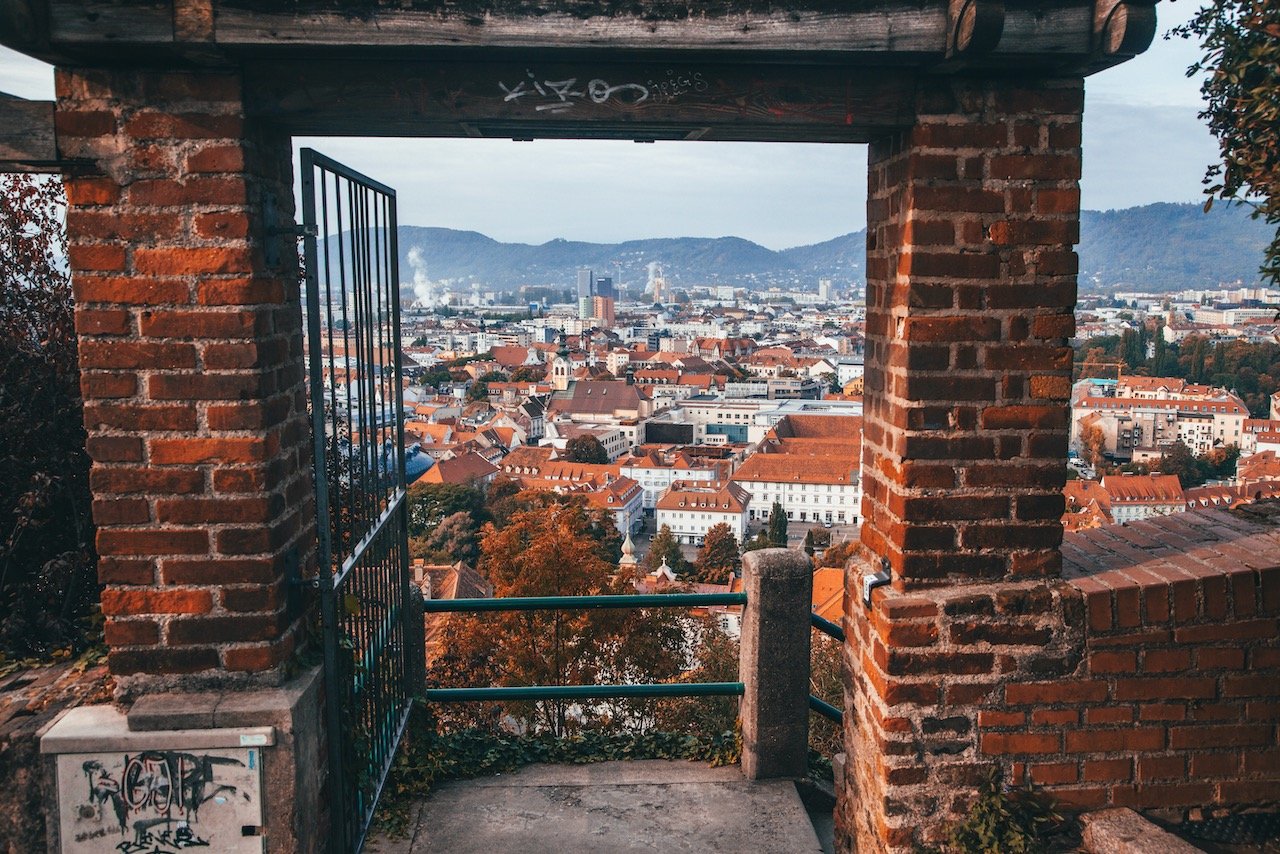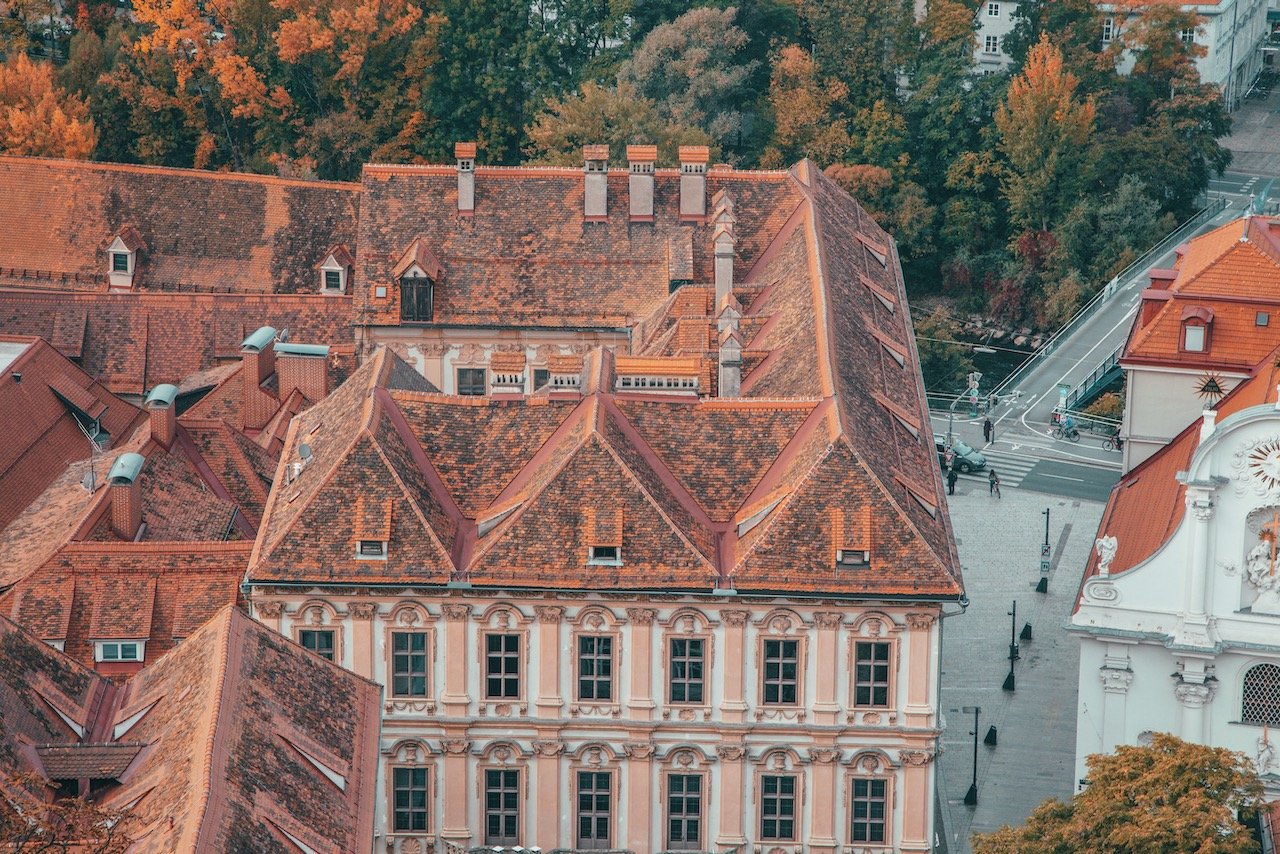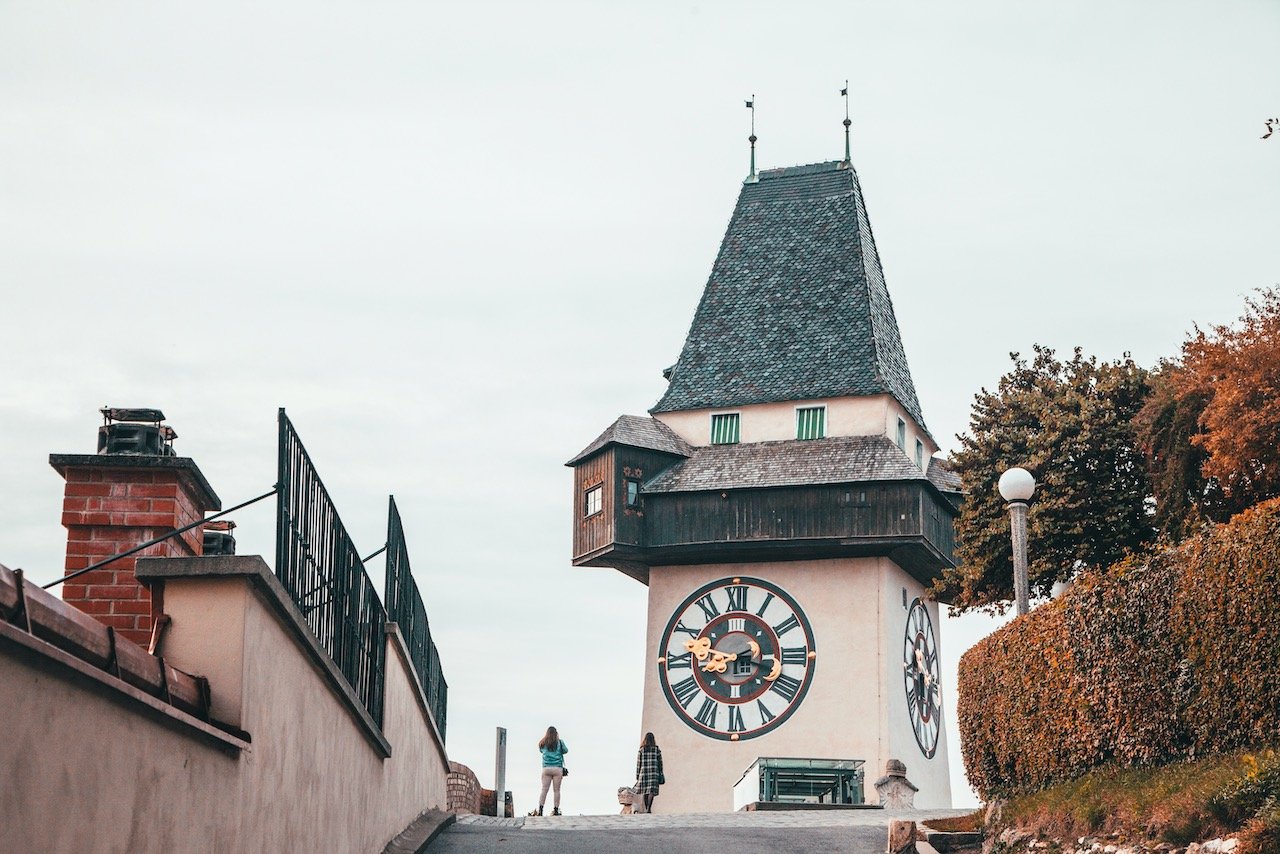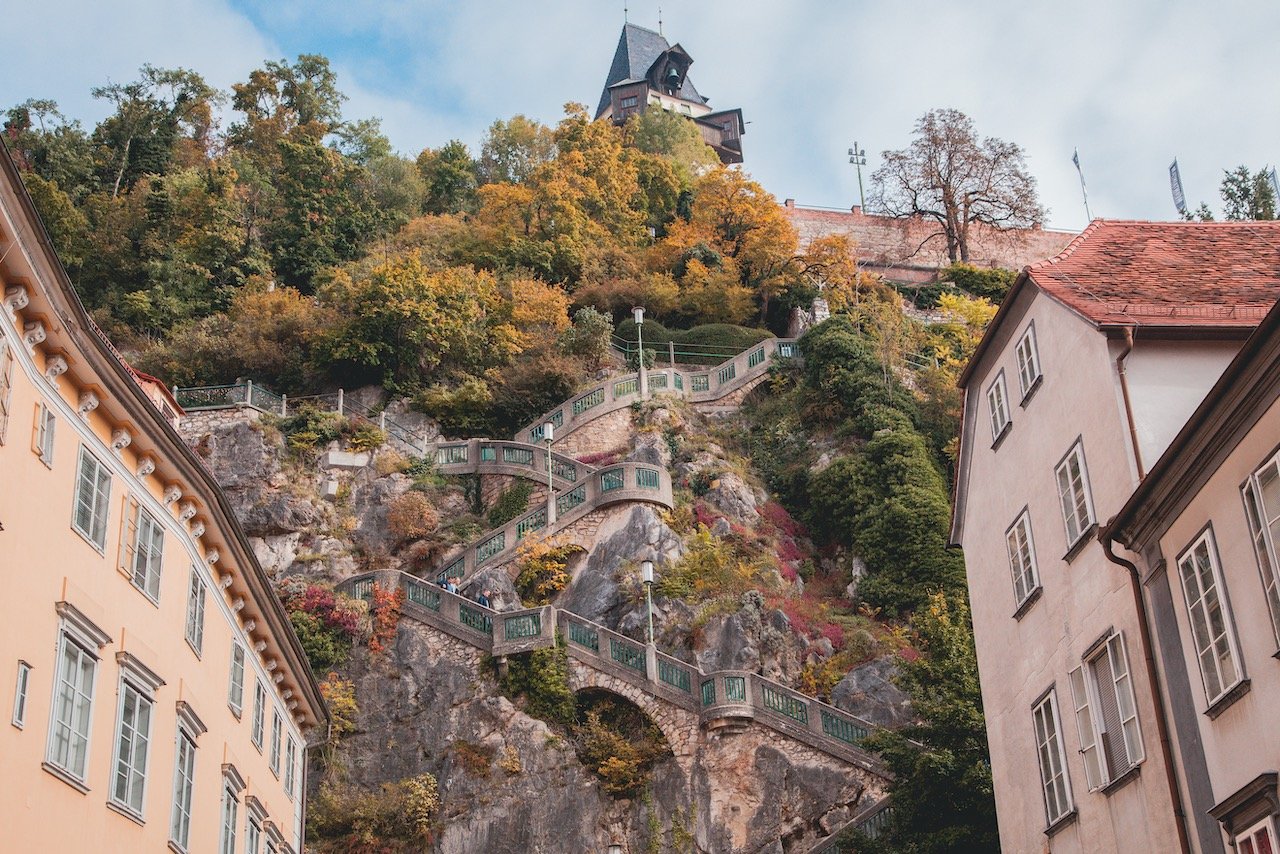The top things to do and see in Graz, Austria
(Some links in this post are affiliate links. If you click through and take action, I'll be compensated.) If you are also interested in any PRINTS from any of my posts, be sure to check out my store where you can buy prints as posters, in metal/wooden frames or on canvas.
I must admit, Graz wasn’t on my radar until I started planning my road trip around Slovenia. I didn’t realize how centrally located Slovenia was to other countries around it like Austria, Italy, and Croatia. This prompted me to look at other cities just over the Slovenia border, like Graz.
My time in Austria has been limited with just a singular visit to Vienna back in 2009. I would love to return there one day but Graz gave me a taste of what Austrian culture is like.
Graz is the second largest city in the country and is located in the Austrian state of Styria. It has one of the best preserved city centers in Europe and is home to four colleges and universities, made up of over 60,000 students.
The superlatives for Graz are extensive, it was crowned the Cultural Capital of Europe in 2003, and a City of Culinary Delights in 2008, and a UNESCO World Heritage Site (city center) since 1999.
If you like some of my photos that you have come across, just know that I have many prints showcasing a variety of landscapes available for purchase below! (Sold as Posters, Canvas, or in Metal-Frames and Wooden-Frames).
I spend two days, one night in Graz and if I could do it all over again, I would spend the whole weekend. The city is walkable but I would recommend experiencing it by bike (super bike friendly due to all the students). There are plenty of small alleyways that take you throughout the city, so getting lost is the best way to explore. I also liked its restaurants, including two amazing cafes that I fell in love with during my time there (more on that below). Check out the Google Map at the end of this post to see all the sites I will discuss.
Old Town Graz sits on the Eastern side of the Mur river. Like many old towns of this region, it features many classical looking buildings with colorful facades, meandering alleyways, and cafes and boutiques on the ground level. This is perfectly explored in the early mornings, after first light but before the town has woken up fully.
Rathaus der Stadt Graz is the Graz city hall, centrally located within the Graz old town. It towers over the city square where commuters catch their morning trams. It’s what you’d expect a grandiose city hall to be with architecture that exemplifies the entire city.
During my morning walk through the Old Town, I stumbled upon Bäckerei Sorger, a boutique like cafe with great breakfast. I didn’t realize at the time that this is more or less a ‘chain’, as there are many locations across the city, but it had the feel of a nice independent cafe. I was also blown away by the quality of the food. Highly recommend if you’re hungry in the morning!



































